Here are ten of the most in-demand computer courses globally:
Artificial Intelligence (AI) and Machine Learning (ML)
Data Science
Cybersecurity
Cloud Computing
Full Stack Web Development
Internet of Things (IoT)
Blockchain
Mobile App Development
DevOps
User Experience (UX) Design
1. Artificial Intelligence (AI) and Machine Learning (ML)
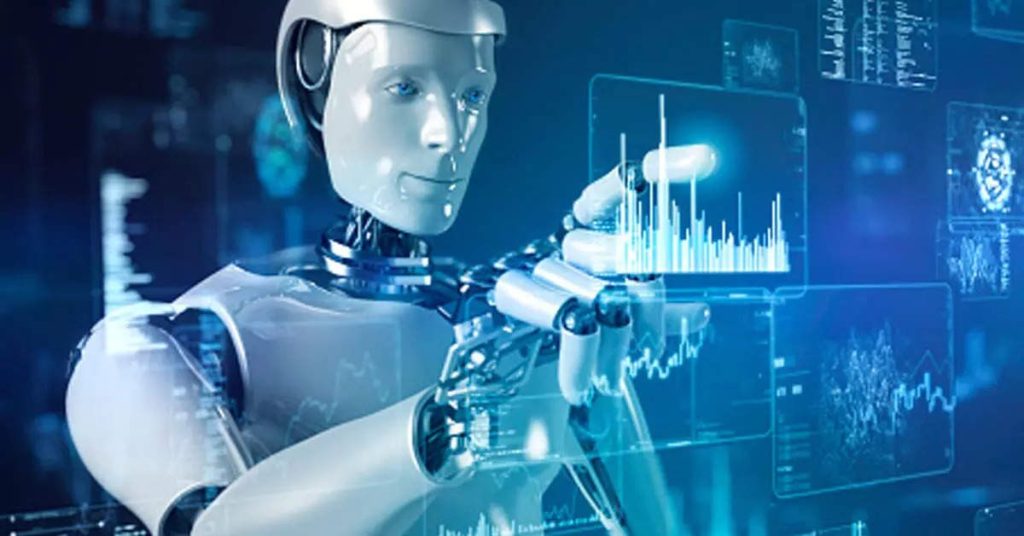
Artificial Intelligence (AI) and Machine Learning (ML) are two rapidly growing fields in computer science that involve the use of algorithms and statistical models to enable machines to learn from data and perform tasks that typically require human intelligence. AI encompasses a wide range of techniques that enable computers to perform tasks that would typically require human cognition, such as perception, decision-making, natural language processing, and problem-solving. ML is a subset of AI that involves the use of statistical models and algorithms to allow machines to learn from data and improve their performance over time.
AI and ML have many practical applications in various industries, including finance, healthcare, transportation, and manufacturing. For example, in the healthcare industry, AI and ML are being used to analyze medical images, predict disease progression, and develop personalized treatment plans. In finance, AI and ML are being used for fraud detection, credit risk assessment, and algorithmic trading. In transportation, self-driving cars are one of the most well-known applications of AI and ML, while in manufacturing, AI and ML are being used for predictive maintenance and quality control.
To become proficient in AI and ML, individuals need to have a strong foundation in computer science, mathematics, and statistics. They also need to have experience with programming languages like Python, R, and Java, and be familiar with the most common machine learning frameworks and libraries, such as TensorFlow, Scikit-learn, and PyTorch. There are many online courses, certificate programs, and degree programs available that can provide training in AI and ML, and many companies are actively seeking to hire individuals with expertise in these fields.
2. Data Science
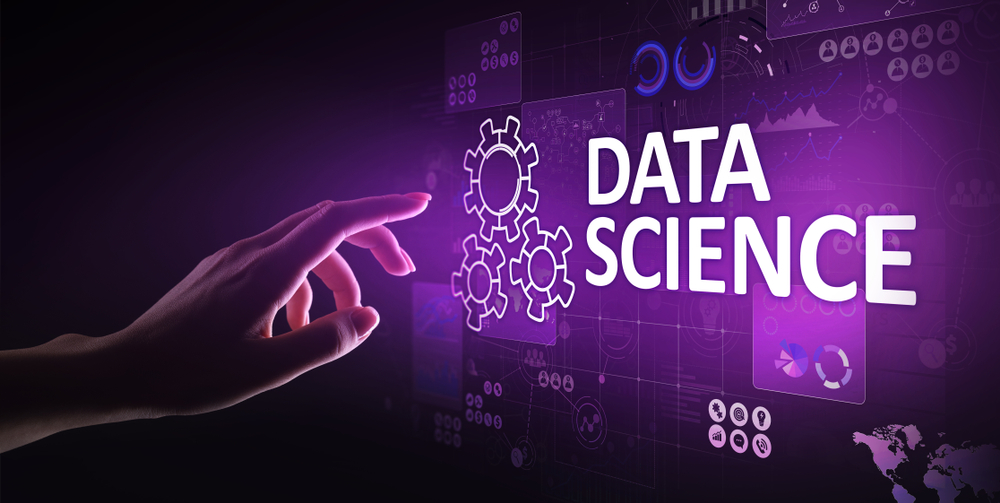
Data Science is a field that involves the extraction of insights from data using techniques and tools from statistics, computer science, and machine learning. It is an interdisciplinary field that requires a combination of skills, including data cleaning and pre-processing, statistical analysis, machine learning, data visualization, and communication.
Data science has a wide range of applications across many industries, including healthcare, finance, marketing, and manufacturing. For example, data science is used in healthcare to analyze medical images and patient data to make more accurate diagnoses and develop personalized treatment plans. In finance, data science is used for fraud detection, credit risk assessment, and algorithmic trading. In marketing, data science is used to analyze customer behavior and preferences to optimize marketing campaigns.
To become a data scientist, individuals need to have a strong foundation in computer science, mathematics, and statistics. They also need to have experience with programming languages such as Python, R, and SQL, and be familiar with data science tools and technologies such as Jupyter Notebook, pandas, NumPy, and scikit-learn. Additionally, communication and visualization skills are crucial for data scientists, as they need to be able to present complex data and insights to non-technical stakeholders in a clear and understandable way.
There are many educational opportunities available for individuals interested in data science, including online courses, certificate programs, and degree programs. Many companies are actively seeking to hire data scientists to help them extract insights from their data and make better business decisions.
3. Cybersecurity
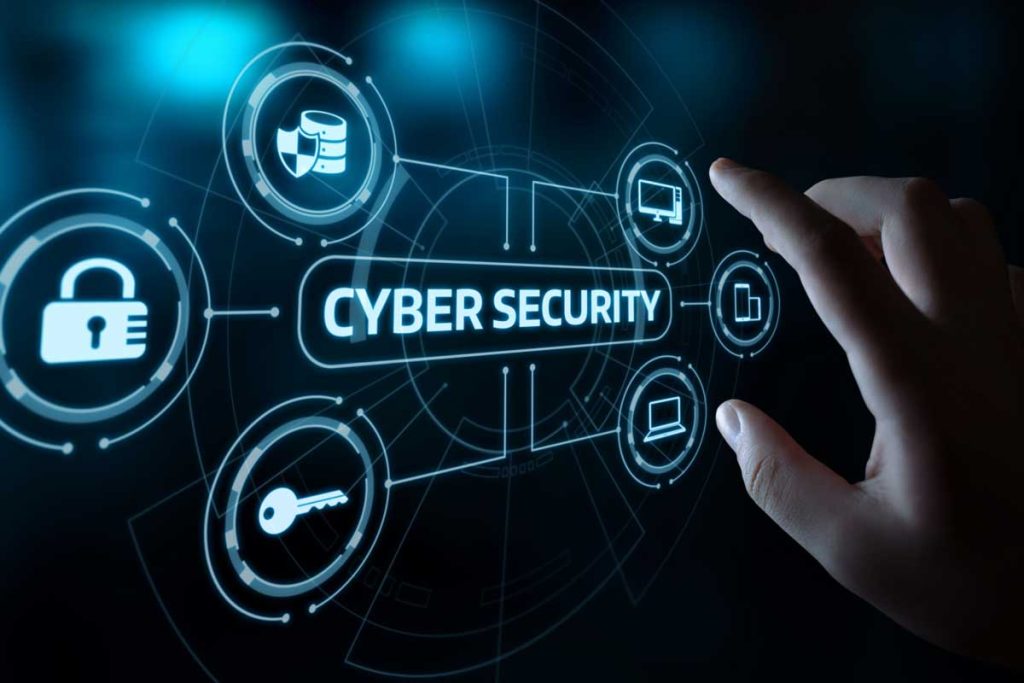
Cybersecurity is the practice of protecting computer systems, networks, and data from unauthorized access, attacks, theft, or damage. It is an important field that is becoming increasingly critical due to the growing number of cyber attacks on individuals, businesses, and governments. Cybersecurity involves many different techniques, tools, and practices to protect computer systems and networks, such as firewalls, encryption, intrusion detection and prevention systems, and access controls.
There are many different areas of cybersecurity, including:
Network Security: This area focuses on protecting computer networks from unauthorized access, attacks, and other security threats.
Application Security: This area focuses on securing software applications and web applications to prevent unauthorized access and protect against security threats such as malware, viruses, and other types of attacks.
Information Security: This area focuses on protecting the confidentiality, integrity, and availability of data from unauthorized access, disclosure, or modification.
Disaster Recovery and Business Continuity: This area focuses on planning for and responding to unexpected events such as natural disasters or cyber attacks, to ensure that critical business functions can continue despite disruptions.
To become a cybersecurity professional, individuals need to have a strong foundation in computer science and networking, and specialized knowledge in one or more areas of cybersecurity. Many educational opportunities are available for individuals interested in cybersecurity, including online courses, certificate programs, and degree programs. Additionally, many organizations offer cybersecurity certifications, such as the CompTIA Security+ and Certified Information Systems Security Professional (CISSP) certifications, to help individuals demonstrate their expertise in the field.
Cybersecurity professionals are in high demand, as organizations across many industries are seeking to protect their systems and data from cyber threats.
4. Cloud Computing

Cloud computing is the delivery of on-demand computing services, including servers, storage, databases, software, analytics, and other computing resources, over the internet. It enables organizations to access computing resources without having to invest in and manage their own IT infrastructure.
There are three main types of cloud computing services:
Infrastructure as a Service (IaaS): This type of cloud computing provides virtualized computing resources over the internet, such as servers, storage, and networking.
Platform as a Service (PaaS): This type of cloud computing provides a platform for developers to build and deploy applications without having to manage the underlying infrastructure.
Software as a Service (SaaS): This type of cloud computing provides software applications that are delivered over the internet and can be accessed from anywhere.
Cloud computing has many benefits, including:
Cost Savings: Organizations can save money by not having to invest in and manage their own IT infrastructure.
Scalability: Cloud computing services can easily scale up or down to meet changing demand.
Flexibility: Cloud computing services can be accessed from anywhere, enabling remote work and collaboration.
Disaster Recovery: Cloud computing services can be used for disaster recovery and business continuity planning.
To become proficient in cloud computing, individuals need to have a strong foundation in computer science, networking, and virtualization. They also need to have experience with cloud computing platforms such as Amazon Web Services (AWS), Microsoft Azure, or Google Cloud Platform. Many educational opportunities are available for individuals interested in cloud computing, including online courses, certificate programs, and degree programs. Additionally, many organizations offer cloud computing certifications, such as the AWS Certified Solutions Architect or the Microsoft Certified: Azure Administrator Associate, to help individuals demonstrate their expertise in the field.
Cloud computing professionals are in high demand, as organizations across many industries are migrating their IT infrastructure to the cloud to take advantage of the benefits it provides.
5. Full Stack Web Development
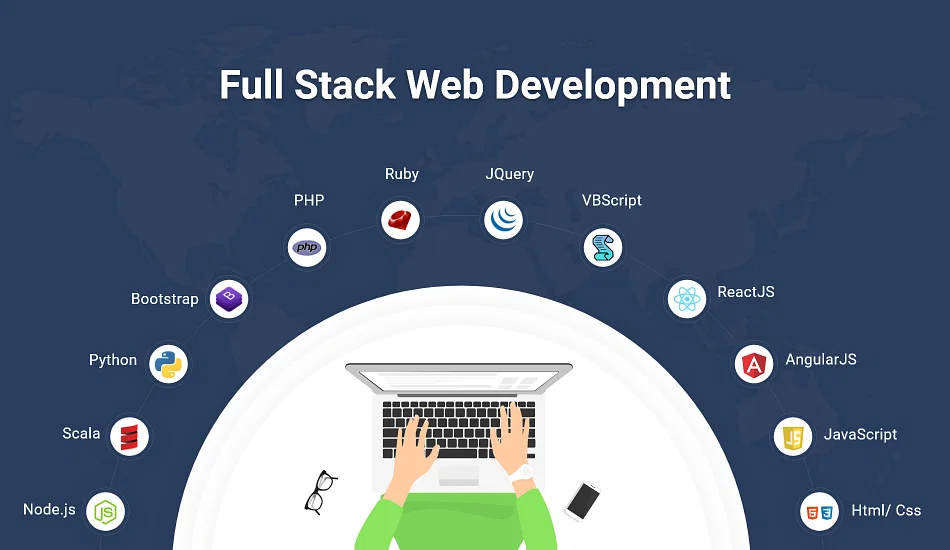
Full stack web development is the practice of developing web applications that involve both the front-end and back-end components of a web application. A full stack web developer is responsible for designing and implementing the entire web application, from the user interface to the server-side logic and database integration.
The front-end of a web application includes the user interface and the client-side logic that runs in the user’s browser. Front-end technologies include HTML, CSS, and JavaScript, as well as frameworks such as React, Angular, and Vue.
The back-end of a web application includes the server-side logic and database integration. Back-end technologies include programming languages such as Python, Ruby, and Node.js, as well as web frameworks such as Django, Ruby on Rails, and Express.js. Database technologies such as MySQL, PostgreSQL, and MongoDB are also important for back-end development.
Full stack web development involves integrating these different technologies and components to create a functional and responsive web application. It requires a strong foundation in computer science, as well as experience with front-end and back-end development technologies and tools. Full stack web developers also need to be familiar with software development methodologies, version control systems, and testing and debugging practices.
Many educational opportunities are available for individuals interested in full stack web development, including online courses, bootcamps, and degree programs. Additionally, many organizations offer certifications in full stack web development to help individuals demonstrate their expertise in the field.
Full stack web developers are in high demand, as organizations across many industries require web applications for a variety of purposes, including e-commerce, social media, and business productivity.
6. Internet of Things (IoT)
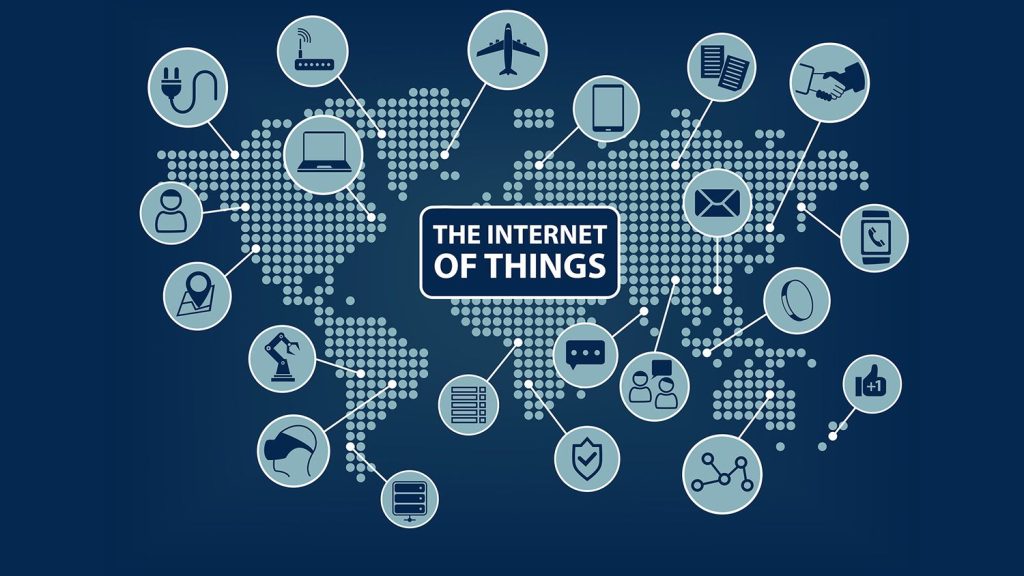
The Internet of Things (IoT) refers to the network of physical devices, vehicles, home appliances, and other objects that are embedded with sensors, software, and network connectivity, allowing them to exchange data and communicate with each other over the internet. The IoT enables the automation of various processes and can be used to collect data, monitor and control devices remotely, and provide new services and experiences to users.
IoT devices can range from small sensors to complex systems such as smart homes, smart cities, and industrial IoT (IIoT) applications. The sensors in IoT devices collect data on various aspects of the physical world, including temperature, humidity, motion, and sound, among others. This data can be used to create intelligent systems that can automate processes, optimize resource utilization, and enhance user experiences.
IoT systems typically consist of four components:
Sensors and Devices: These are the physical components that collect data and perform various functions.
Connectivity: IoT devices are connected to the internet or other networks, allowing them to exchange data with other devices and systems.
Data Processing: IoT data is processed using cloud computing, edge computing, or other computing architectures to extract useful information and insights.
User Interface: The data collected and processed by IoT systems is presented to users through various interfaces, such as mobile apps or web-based dashboards.
To become proficient in IoT, individuals need a strong foundation in computer science, networking, and programming. They also need experience with sensors, embedded systems, and cloud computing platforms. Many educational opportunities are available for individuals interested in IoT, including online courses, certificate programs, and degree programs. Additionally, many organizations offer IoT certifications, such as the Cisco Certified IoT Specialist, to help individuals demonstrate their expertise in the field.
IoT professionals are in high demand, as organizations across many industries are implementing IoT solutions to improve efficiency, reduce costs, and enhance user experiences.
7. Blockchain

Blockchain is a distributed digital ledger technology that provides a secure and transparent method for storing and transmitting data. It is based on a decentralized system that allows users to securely and transparently exchange digital assets without the need for a trusted third party or intermediary.
The data on a blockchain is stored in a series of interconnected blocks that are cryptographically linked to form a chain. Each block contains a set of transactions that are verified by network participants, called nodes or validators, and once a block is added to the chain, it cannot be altered or deleted.
Blockchain has several key features that make it useful for various applications, including:
Decentralization: Transactions on a blockchain are validated by a network of nodes, removing the need for a centralized intermediary.
Security: The use of cryptography and consensus mechanisms ensures that the data on the blockchain is secure and tamper-resistant.
Transparency: The data on a blockchain is transparent, allowing users to view and verify transactions and information.
Immutability: Once a block is added to the blockchain, it cannot be modified or deleted, ensuring the integrity of the data.
Blockchain technology has various applications, including cryptocurrency, supply chain management, voting systems, identity verification, and more. To become proficient in blockchain, individuals need a strong foundation in computer science, cryptography, and distributed systems. They also need experience with blockchain platforms and programming languages, such as Solidity.
Many educational opportunities are available for individuals interested in blockchain, including online courses, bootcamps, and degree programs. Additionally, many organizations offer blockchain certifications, such as the Certified Blockchain Professional (CBP) and the Certified Ethereum Developer (CED), to help individuals demonstrate their expertise in the field.
Blockchain professionals are in high demand, as organizations across many industries are exploring blockchain solutions to increase efficiency, reduce costs, and improve security.
8. Mobile App Development
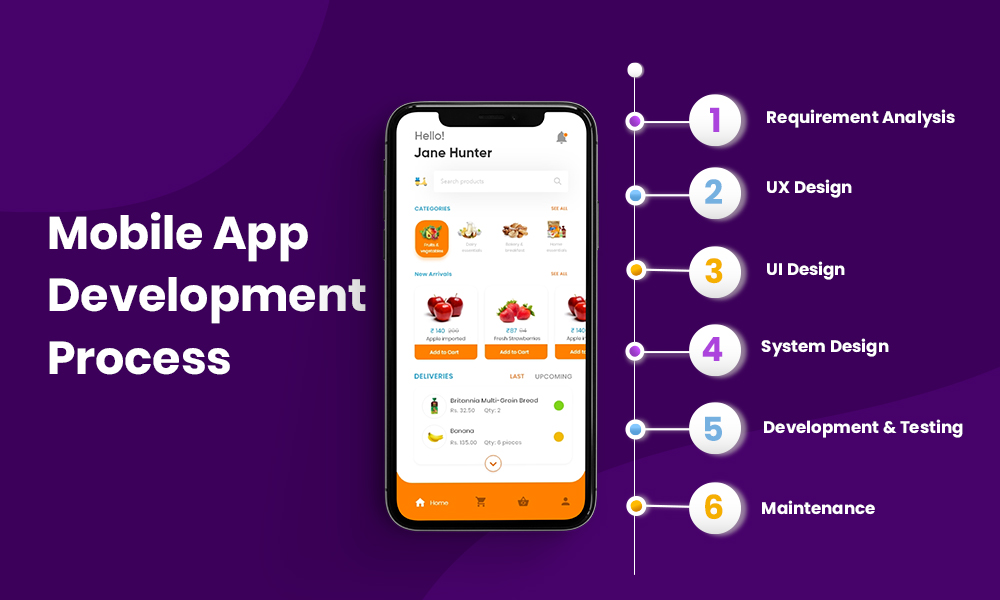
Mobile app development is the process of creating software applications that run on mobile devices such as smartphones and tablets. Mobile app development involves a variety of tasks, including designing user interfaces, coding the functionality of the app, and testing it to ensure it works as intended.
There are two main approaches to mobile app development: native and cross-platform. Native app development involves writing apps specifically for a particular operating system, such as Android or iOS. This typically requires different development tools and languages for each platform.
Cross-platform app development, on the other hand, involves using a single codebase that can be deployed across multiple platforms. This approach can save time and resources but may also limit the app’s performance and features compared to a native app.
Mobile app development can be a complex process, involving multiple teams and specialized skills. It often requires collaboration between designers, developers, and testers to ensure that the app meets user needs and functions properly on a variety of devices.
9. DevOps
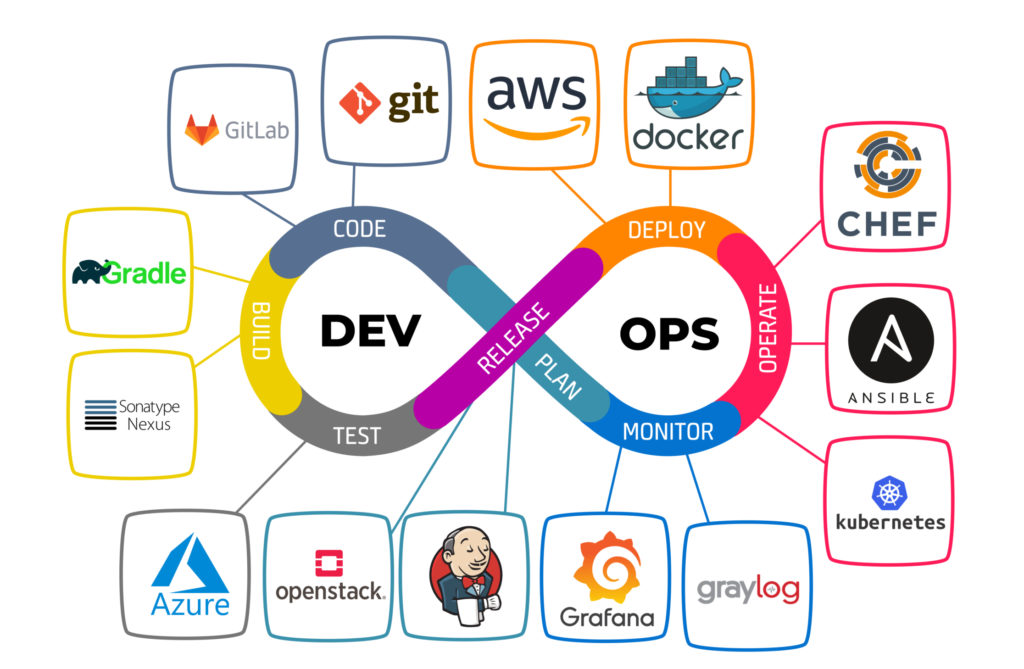
DevOps is a software development methodology that emphasizes collaboration, communication, and integration between development and operations teams. The goal of DevOps is to shorten the software development lifecycle and improve the speed and quality of software delivery by automating and streamlining the software development and deployment processes.
DevOps involves the following practices:
Continuous Integration (CI): This practice involves regularly integrating code changes into a shared repository to detect integration errors early in the development process.
Continuous Delivery (CD): This practice involves automating the entire software release process, including building, testing, and deployment, to deliver software faster and more frequently.
Infrastructure as Code (IaC): This practice involves managing infrastructure and configuration using code, which enables more efficient and consistent management of infrastructure.
Monitoring and Logging: This practice involves monitoring the performance and availability of applications and infrastructure and using logs to troubleshoot issues and improve performance.
To become proficient in DevOps, individuals need a strong foundation in software development, IT operations, and automation tools. They also need experience with continuous integration and delivery tools, such as Jenkins, Git, and Docker, and infrastructure management tools, such as Terraform and Ansible.
Many educational opportunities are available for individuals interested in DevOps, including online courses, bootcamps, and degree programs. Additionally, many organizations offer DevOps certifications, such as the AWS Certified DevOps Engineer and the Google Cloud Certified – Professional DevOps Engineer, to help individuals demonstrate their expertise in the field.
DevOps professionals are in high demand, as organizations across many industries are adopting DevOps practices to improve software development and delivery and respond more quickly to changing business needs.
10. User Experience (UX) Design

User Experience (UX) design is the process of designing digital products and services with the user in mind. The goal of UX design is to create products that are easy to use, engaging, and meet the needs and expectations of the user. UX design involves understanding user behavior, creating user personas, conducting user research, and designing user interfaces.
UX designers use a variety of tools and techniques to design products that meet user needs, including:
User research: UX designers conduct research to understand user needs, preferences, and behaviors.
Information architecture: UX designers create a structure for content and information to make it easy to find and use.
Wireframing: UX designers create low-fidelity sketches to design the layout and structure of a product.
Prototyping: UX designers create interactive prototypes to test and refine design ideas.
Usability testing: UX designers conduct tests with users to understand how they interact with a product and identify areas for improvement.
To become proficient in UX design, individuals need a strong foundation in design principles, user research, and prototyping tools. They also need experience with user interface design, graphic design, and human-computer interaction.
Many educational opportunities are available for individuals interested in UX design, including online courses, bootcamps, and degree programs. Additionally, many organizations offer UX design certifications, such as the Certified UX Professional and the Certified User Experience Analyst, to help individuals demonstrate their expertise in the field.
UX designers are in high demand, as organizations across many industries are focused on improving the user experience of their digital products and services to stay competitive and meet customer expectations.

2 comments
I don’t think the title of your article matches the content lol. Just kidding, mainly because I had some doubts after reading the article.
Thanks for sharing. I read many of your blog posts, cool, your blog is very good.